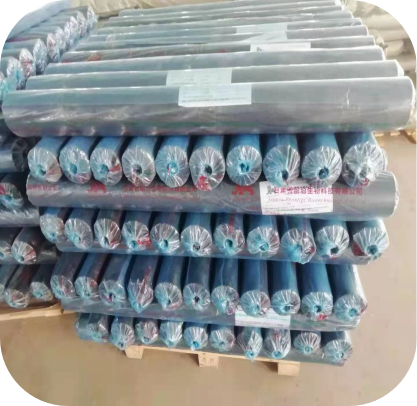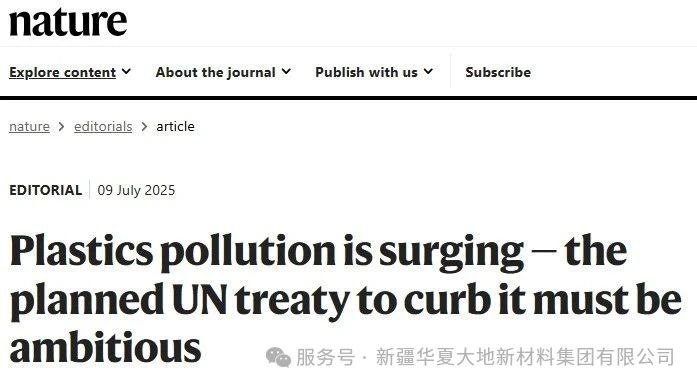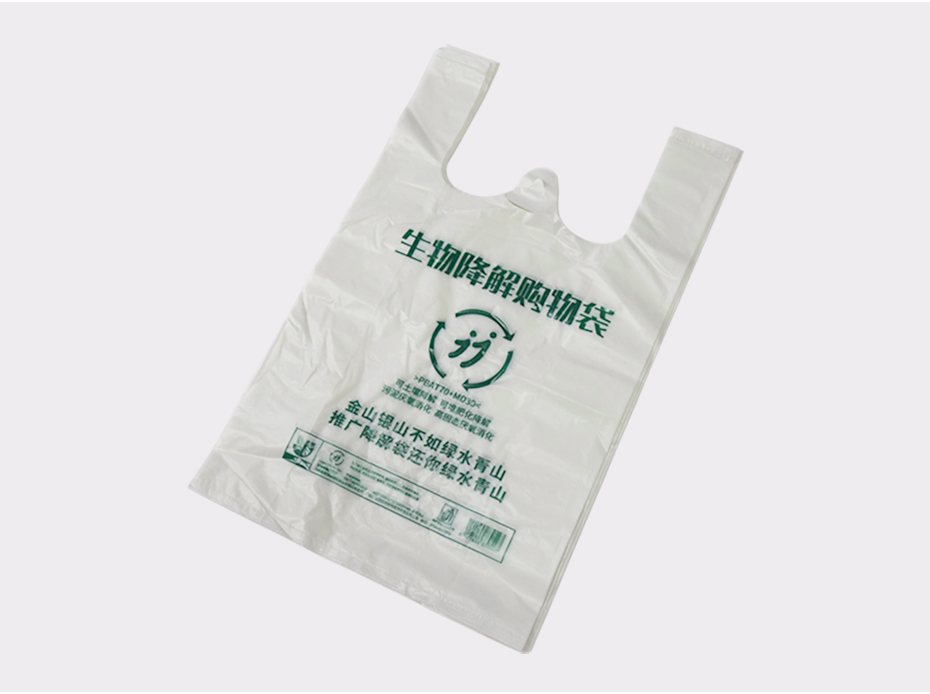Recently, the Chinese Academy of Forestry has addressed the bottlenecks, key points, difficulties and pain points in ecological governance in the "Three North" region, leveraging its mature and systematic technological advantages. It has compiled and summarized the "100 Practical Technical Achievements of the 'Three North' Project" into an outcome collection, covering suitable and superior varieties, sand prevention and control technologies and models, ecological governance products and equipment, and development strategies and plans. These achievements have been demonstrated and promoted in relevant areas of the "Three North" region and have achieved good ecological and economic benefits, providing strong scientific and technological support for winning the battle of the "Three North" project.
The "Semicircle of the Yellow River" battle area has included 30 achievements, the "Kerqin and Hunshandake Desert Annihilation Battle" area has included 15 achievements, the "Huihe Corridor - Edge of the Tarim Basin Desert Resistance Battle" area has included 18 achievements, and the "All-Region Governance of the 'Three North' Project" has included 37 achievements. Among them, the innovative green sand control technology of biodegradable polylactic acid sand bags and sand barriers has been included in the all-region governance of the "Three North" project.
All-region Governance of the "Three North" Project: Innovative Green Sand Control Technology Using Biodegradable Poly-Lactic Acid Sandbags and Sand Dams
Based on the concepts of "sand control through sand" and a full-chain low-carbon approach, the Hualin Center of the Chinese Academy of Forestry has developed a green sand control technology using plant-derived low-carbon footprint polylactic acid (PLA) materials. The barrier material can be completely degraded into CO₂ and water. The research results include unique fiber manufacturing and inner tube filling processes. The sand barrier has excellent anti-erosion performance, stable wind erosion concave surfaces, and can reduce the near-surface wind speed by 40% and the sediment transport volume by 50%, resulting in significant effects of wind prevention, sand fixation, and vegetation restoration.
This achievement has been demonstrated and promoted on a large scale in various climate zones within China (such as Inner Mongolia, Qinghai, Gansu, Xinjiang, Shaanxi) and in many foreign regions (such as Mauritania in Africa), covering over 60,000 mu of land. The annual usage cost has been reduced by more than 50%, resulting in a direct economic benefit savings of over 60 million yuan. Compared to PVC material sand barriers, greenhouse gas emissions have been reduced by 2.8 times. It provides an innovative solution that combines green, low-carbon and biodiversity-friendly desert control technologies.
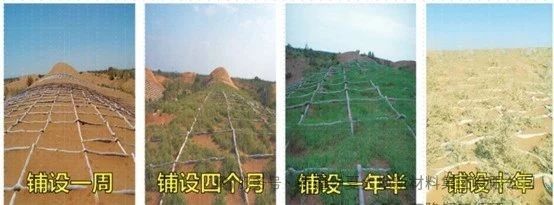 Ten-year on-site laying verification in the Ulan Buh Desert
Ten-year on-site laying verification in the Ulan Buh Desert
The "Three-North" Shelter Forest Program, which began in 1978 and will end in 2050, spans 73 years and is carried out in three phases and eight stages. The period from 2021 to 2030 marks the sixth stage of the third phase, a crucial period for consolidating and expanding the achievements of sand control and afforestation, as well as a critical period for promoting the high-quality development of the "Three-North" Shelter Forest Program.
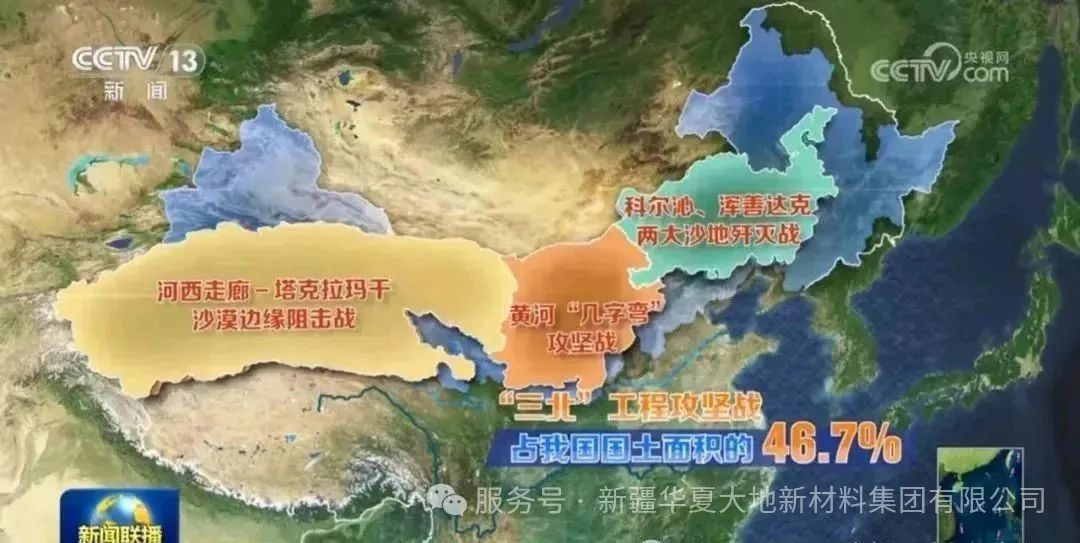
In the work of preventing and controlling desertification, sand barriers are irreplaceable typical engineering measures for controlling sand and also the prerequisite for the implementation of other measures for controlling sand. They play an important role in all stages of preventing and controlling desertification.
Biobased polylactic acid fiber sandbags, as a new type of sand control material, not only have excellent UV resistance, but also can be completely decomposed into water and carbon dioxide under the action of microorganisms, achieving 100% natural degradation without causing environmental pollution. They can be regarded as a part of the natural carbon cycle. More than ten years of field application (the predicted service life of polylactic acid sand barriers is about fifteen years) has well verified that polylactic acid sand barriers have relatively ideal wind prevention and sand fixation effects, and also promote the recovery of natural vegetation within the protected area.



